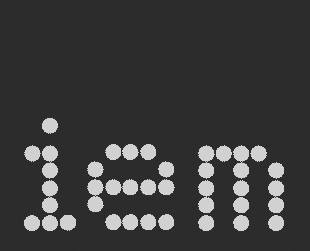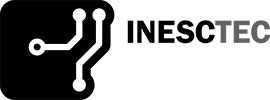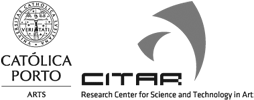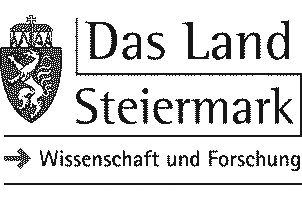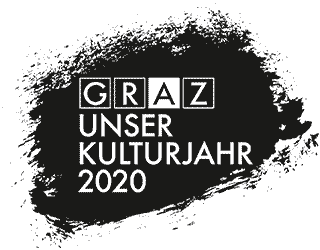Data Self-Portrait
Keywords: Personal Data, Self, Identity, Data Portraits, Visualization, Computational Media, Technologies of the Self.
The notion of data portrait refers to forms of portraiture that evocatively represent the identity of an individual based on records of personal data, according to the idea that “we are our data” (Lupton 2016). Based on this premise, we developed a Data Self-Portrait by following an autoethnographic approach through the collection of personal data and its visualization.
Data Self-Portrait can be described as a biographical repository that aggregates personal data that is usually scattered in different software applications. It acts as a data mirror or a self-tracking tool, meaning “a technical form of self-observation and a passive form of digital self-archiving” which encompasses “capturing human life in real-time” (Selke 2016, 3).
The project is developed in two main stages dedicated, respectively, to the selection and collection of relevant data and to the design and implementation of the visualization system.
We began by selecting data from three distinct domains of human experience: biometric data, data related to surrounding environment, and data related to daily activities. The data collection was automated in order to render the self-observation process more fluid, resorting to sensors embedded in devices of daily use (e.g. cardio bracelet and mobile phone).
In order to highlight variations in daily routine and unveil hidden patterns of the subject’s daily life, the system is designed to employ quantification methods, comparing each measurement of data to the arithmetic mean. For the data visualization we resorted to a radar chart where each type of data defines one of its vertices.
With this approach, we created complementary expressions of the same self-portrait comprising of a printed publication, a dynamic visualization and a physical output. While the printed publication contextualizes the development of Data Self-Portrait as an exploratory process, the physical output seeks to evoke aspects of traditional portraiture, such as the crystallization of a moment in time, which is materialized for future contemplation. In contrast, the dynamic visualization is an evolving self-portrait that unfolds in time.
The physical artefact is composed of layers, presenting visualizations of each day over one month. The results suggest the physical accumulation of data as a stratification of lived experience. In turn, the dynamic digital visualization changes over time, expressing the transient and fluid nature of personal identity (Bauman 2000), as a dynamic portrait.
Data Self-Portrait seeks to reflect on how data portraits can promote a reconceptualization of portraiture as a representation genre — one that is shaped by the creative possibilities of the computational medium and that becomes more attuned to our contemporary mode of living immersed in data.
In particular, and by addressing the informational nature of personal identity, Data Self-Portrait highlights how data portraits are able to amplify human agency through personal data by promoting self-knowledge and also by calling into question our current lack of control over the data we generate.



Available at
References
- Bauman, Zygmunt. 2000. Liquid Modernity. Cambridge: Polity Press.
- Floridi, Luciano. 2011. “The Informational Nature of Personal Identity”, Minds and Machines, Vol.21, No. 4. Norwell: Kluwer Academic Publishers.
- Lupton, Deborah. 2016. “You are Your Data: Self-Tracking Practices and Concepts of Data”, Lifelogging - Digital Self-tracking and Lifelogging – Disruptive Technology and Cultural Transformation. Ed: Selke, S. Berlin: Springer VS. (pp. 61-79).
- Selke, Stefan. 2016. Lifelogging - Digital Self-tracking and Lifelogging – Disruptive Technology and Cultural Transformation. Berlin: Springer VS.
Join the conversation
xCoAx 2020: Catarina Sampaio, Luísa Ribas, Pedro Ângelo. “Data Self-Portrait”. Representations of personal identity that reflect one’s behavioral patterns as tools for self-analysis via self-tracking. https://t.co/3uakjStWST #xCoAx2020 pic.twitter.com/kPcbEauXaT
— xcoax.org (@xcoaxorg) July 8, 2020


